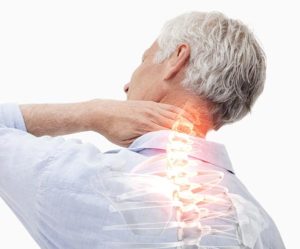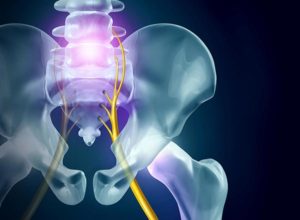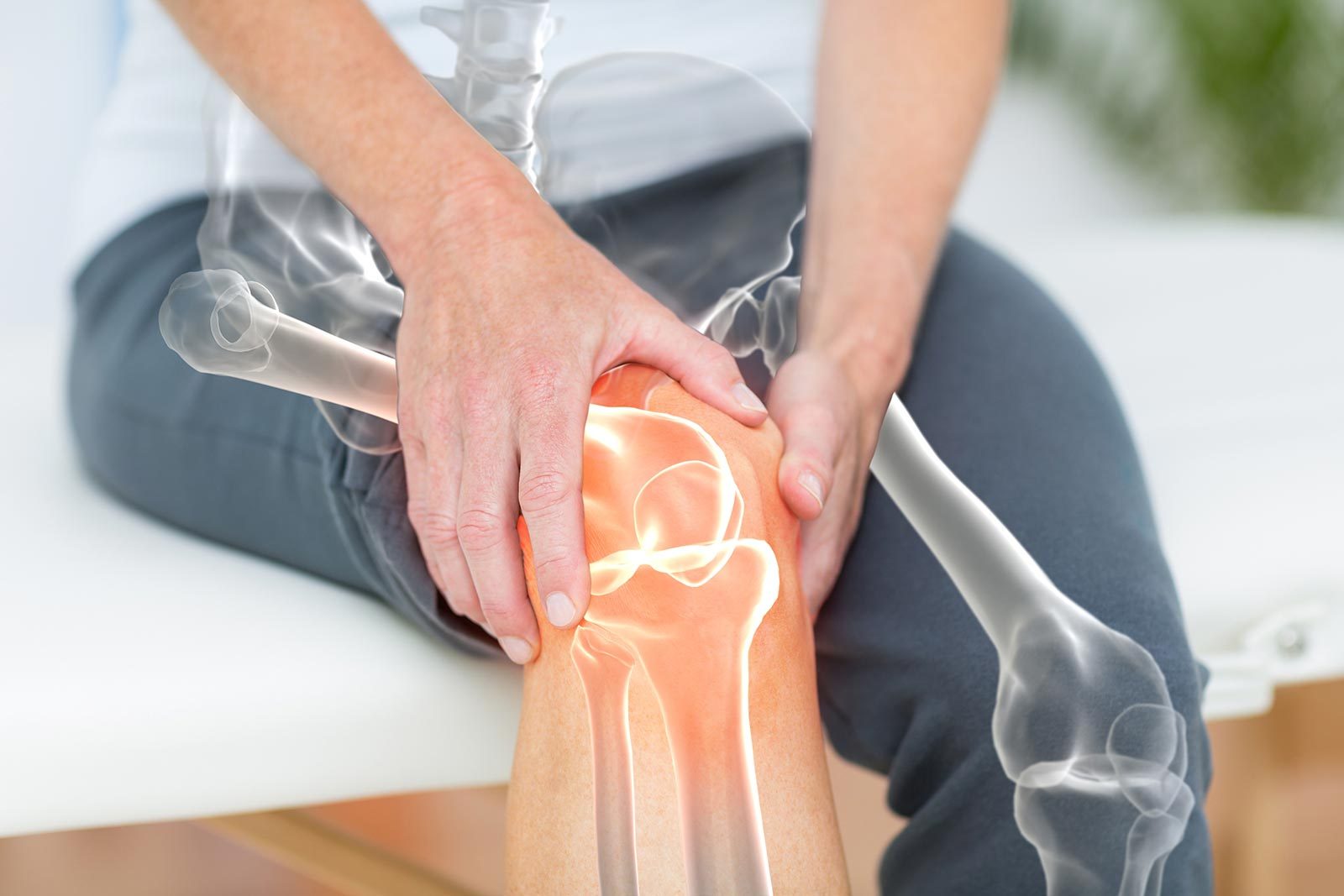Who here lives with aches and pains?
I’m certain many of us shook our head up and down, or heard our inner voice scream, “YES!”
You are not alone!

According to a study published by the American Academy of Orthopedic Surgeons, one in two adults lives with some kind of musculoskeletal disorder [1].
"One in two adults lives with some kind of musculoskeletal disorder"

Think about that for a minute. Roughly 50% of Americans walk around with a condition that can be painful and affect the quality of life. We all know how it feels to be in pain if anyone has ever had sciatica or back pain you know how it impacts the quality of life. You can’t get comfortable in any position, doesn’t matter if it’s sitting, standing or lying down. During the day that pain is all you can think about as you maneuver trying to find a comfortable position.
Not only do musculoskeletal disorders cost the individual, but they also cost companies a tremendous amount in medical bills, lower productivity and time away from work [2].
Nationwide, we are seeing obesity rates climb [3] and physical activity decrease, especially in the younger population. Without physical activity, children grow up without developing body awareness and fundamental motor skills (balance, coordination), compared to those who are active. When they grow up and enter the workforce, they will be at a higher risk of a musculoskeletal disorder or injury because they may not have the physical capabilities to perform their job.
How can we combat this rising issue in the United States? There will not be a “one key fits all” solution, unfortunately, it won’t be that simple. But, with a cohesive effort from health and safety professionals working with employers, we can bridge our knowledge and resources to look for better solutions.
You might ask how employers can help with this issue? They can play a vital role by offering solutions to their team while at work. We spend a large chunk of our time at work and the current system of relying on individuals to improve their health off the clock has not been working. We are seeing higher rates of obesity [3], illness and injury than ever before. It is not a coincidence we are seeing rising rates of injury, as a study from the National Health Interview Study reported, “obese workers were 25% to 68% more likely to experience injuries” [4].
 From the health and fitness side, we can look at body movement patterns. We can analyze the movement patterns required for each job and design a plan to prepare individuals for those movements. As an example, if someone is sitting most of the day, every day, we know what muscles get tight and less flexible, and which ones become under-active and weak. To make matters worse, chances are people are not sitting with proper posture. The more that pattern gets ingrained, the higher their risk of developing a musculoskeletal disorder or pain.
From the health and fitness side, we can look at body movement patterns. We can analyze the movement patterns required for each job and design a plan to prepare individuals for those movements. As an example, if someone is sitting most of the day, every day, we know what muscles get tight and less flexible, and which ones become under-active and weak. To make matters worse, chances are people are not sitting with proper posture. The more that pattern gets ingrained, the higher their risk of developing a musculoskeletal disorder or pain.
After understanding the movement patterns, stretch and work conditioning programs can develop individualized plans to combat those issues. Taking the example from above of an individual who is sitting most of the day, we can target which muscles to strengthen and which to lengthen to help that person build a better musculoskeletal foundation. By implementing programs like these, you are helping your team feel better, perform better and become healthier.

If you are interested in any more information on work conditioning and stretch program, please contact us today.
Sources
- American Academy of Orthopaedic Surgeons. "One in two Americans have a musculoskeletal condition: New report outlines the prevalence, scope, cost and projected growth of musculoskeletal disorders in the U.S.." ScienceDaily. ScienceDaily, 1 March 2016.
- Punnett, Laura. “The Costs of Work-Related Musculoskeletal Disorders in Automotive Manufacturing.” NEW SOLUTIONS: A Journal of Environmental and Occupational Health Policy, vol. 9, no. 4, Feb. 2000, pp. 403–426, doi:10.2190/Y93Q-DEAQ-FEU2-8B26.
- Hales, Craig M., et al. “Prevalence of Obesity Among Adults and Youth: United States, 2015–2016.” CDC, Oct. 2017,
- Gu, Ja K et al. “Prevalence of work-site injuries and relationship between obesity and injury among U.S. workers: NHIS 2004-2012” Journal of safety research vol. 58 (2016): 21-30.

